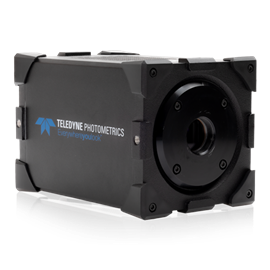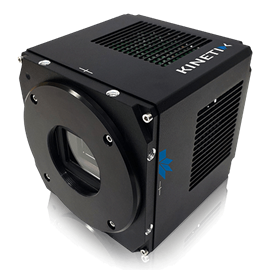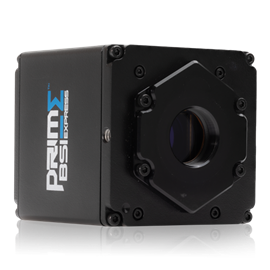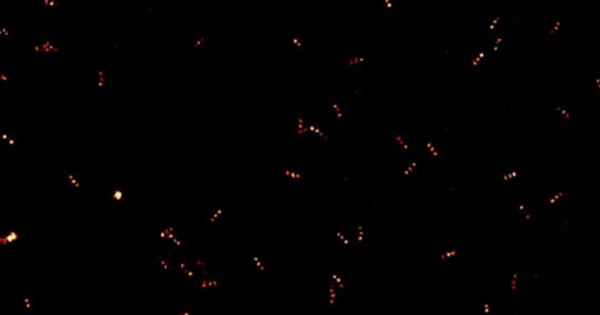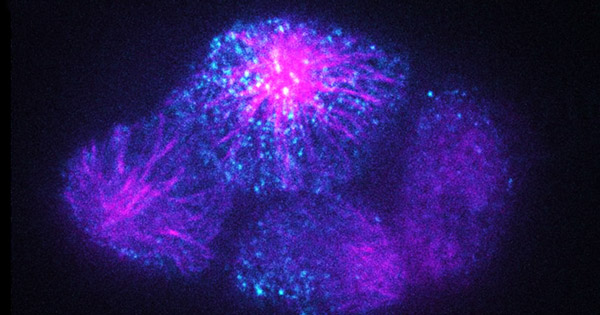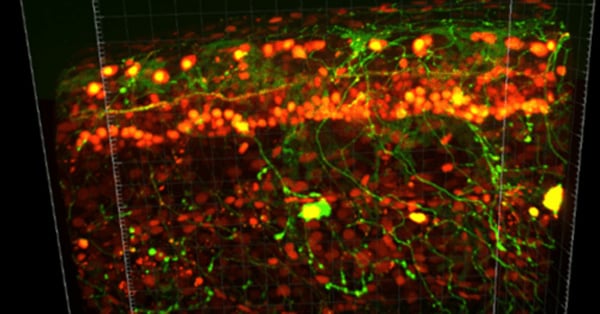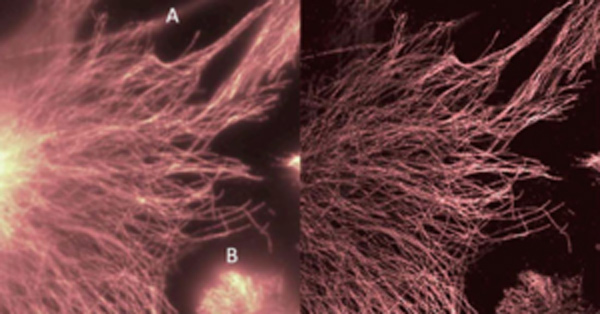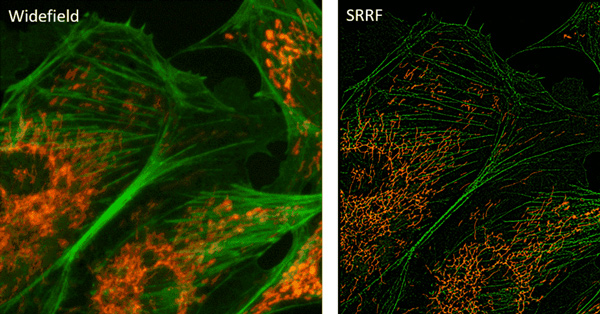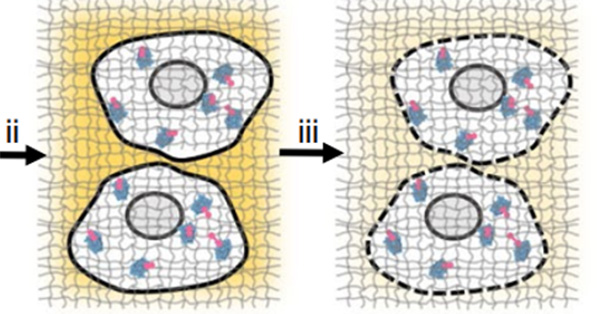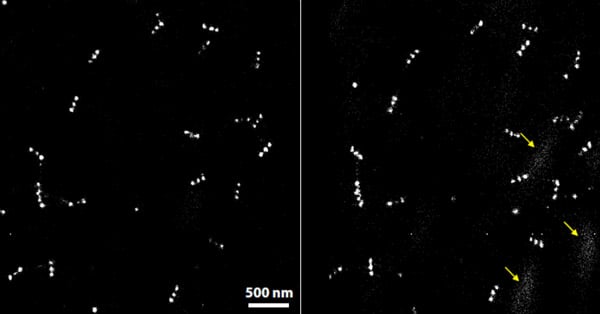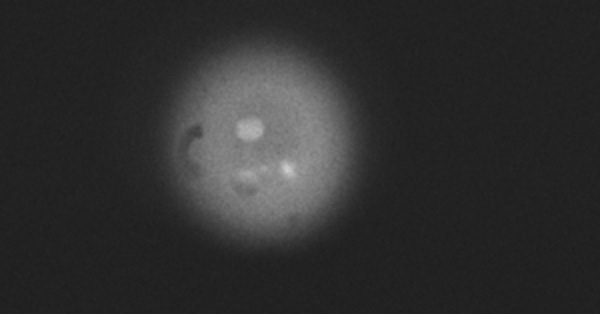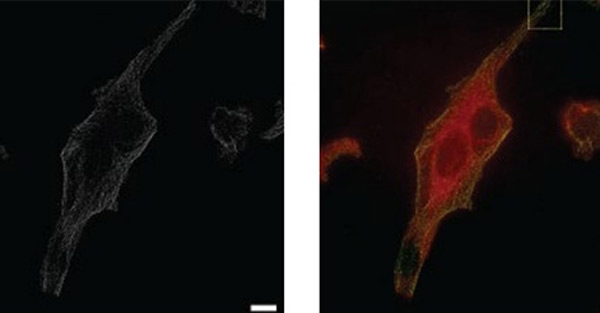Conventional light microscopy techniques are limited by the diffraction limit of light, preventing us from seeing anything smaller than approximately 200 nm in x and y and 500 nm in z.
Many molecules and structures of interest require a higher degree of resolution than this to visualize, so it was necessary to develop a technique to break the diffraction limit to see them. There are now a significant number of super-resolution techniques that break the diffraction limit of light such as localization based techniques (PALM/STORM), structural techniques (SIM/iSIM) and post-processing techniques (SRRF).
These techniques offer different advantages depending on the sample and application but typically require a scientific camera to have high sensitivity, high speed and high resolution with an additional advantage being granted by a large field of view.
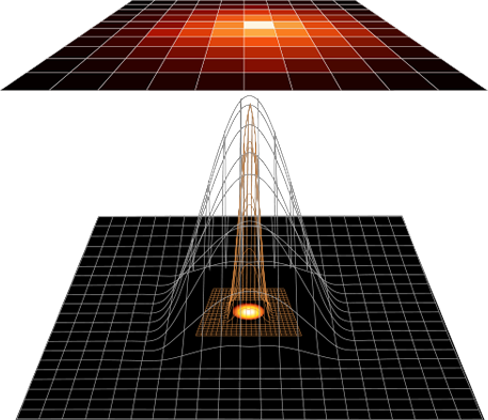
Resources from the Learning Center
View All
